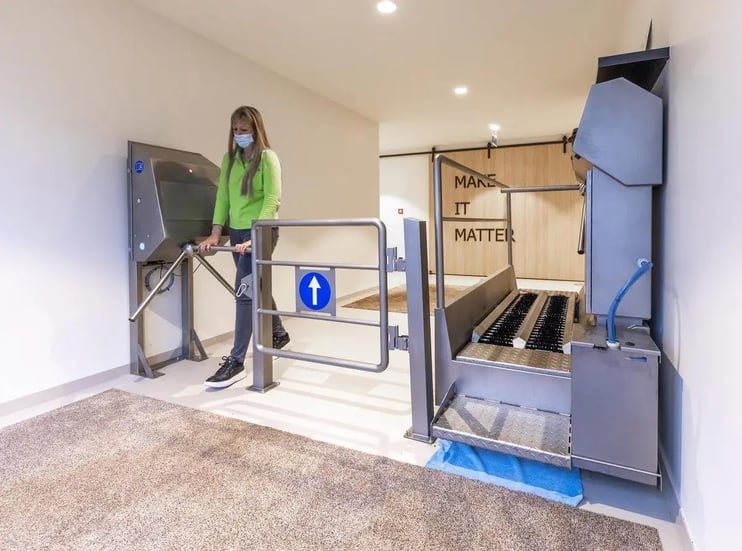HACCP Points that should not be forgotten

It is good to regularly check whether your organization complies with all points of HACCP. Often all attention goes to specific parts, so other points are often forgotten. In this blog, we look at seven points that are forgotten the most.
1. Allergen controls
An often forgotten control is the allergen control. Consider how allergens are controlled in the facility, including storage, handling, and use. Check if there is potential for accidental contamination and if allergens are tested for in ingredients as a verification step.
2. Abuse potential
You should always ask yourself beforehand what the consequences will be considering what happens if the product is not used as intended or abused in some way. For example, if the product is eaten raw or left out of cold storage for a period - is the product dangerous or could it become dangerous after this abuse?
A good example is cookie dough. In some parts of the world, cookie dough is consumed raw instead of being baked into cookies. In this case flour can contain dangerous bacteria which can multiply in raw cookie dough.
3. Labeling
Labeling must be compliant with all markets and laws of individual countries the products intend to be sold in. Many products are rejected at international borders because labeling does not comply with the local laws.
4. Foreign body management
Consumers regularly come across things in food that should not have been there. This is why it is important to consider how possible foreign objects may be detected and managed including insects, metal and metal detection, glass in the facility, preventative maintenance of machinery, lubrication, extraneous vegetable matter, jewelry, personal equipment, parts of clothing, tools et cetera. These are all common contaminants of food.
5. Entrance Protocols
Entering the production facility, there probably is a strict hygiene procedure. What systems and procedures must staff undertake when entering the production facility, and is this always taken into account? Considering hand hygiene, boot washes, protective clothing, and change areas while checking the entrance protocols.
6. Verification of HACCP plan
Verification ensures your HACCP program is working as it should. This includes allergen testing, microbiological testing, cleaning verification, internal auditing, and a review of the HACCP program.
7. Complaints management
How is your organization dealing with complaints of consumers? What investigative procedures are undertaken in establishing a root cause and ensuring problems will not recur.
More information?
Do you want to know more about HACCP? With our HACCP Checklist, you can easily check all requirements of HACCP.
.webp)





